The Importance of Pre-Emergent Herbicide Application in Early Spring
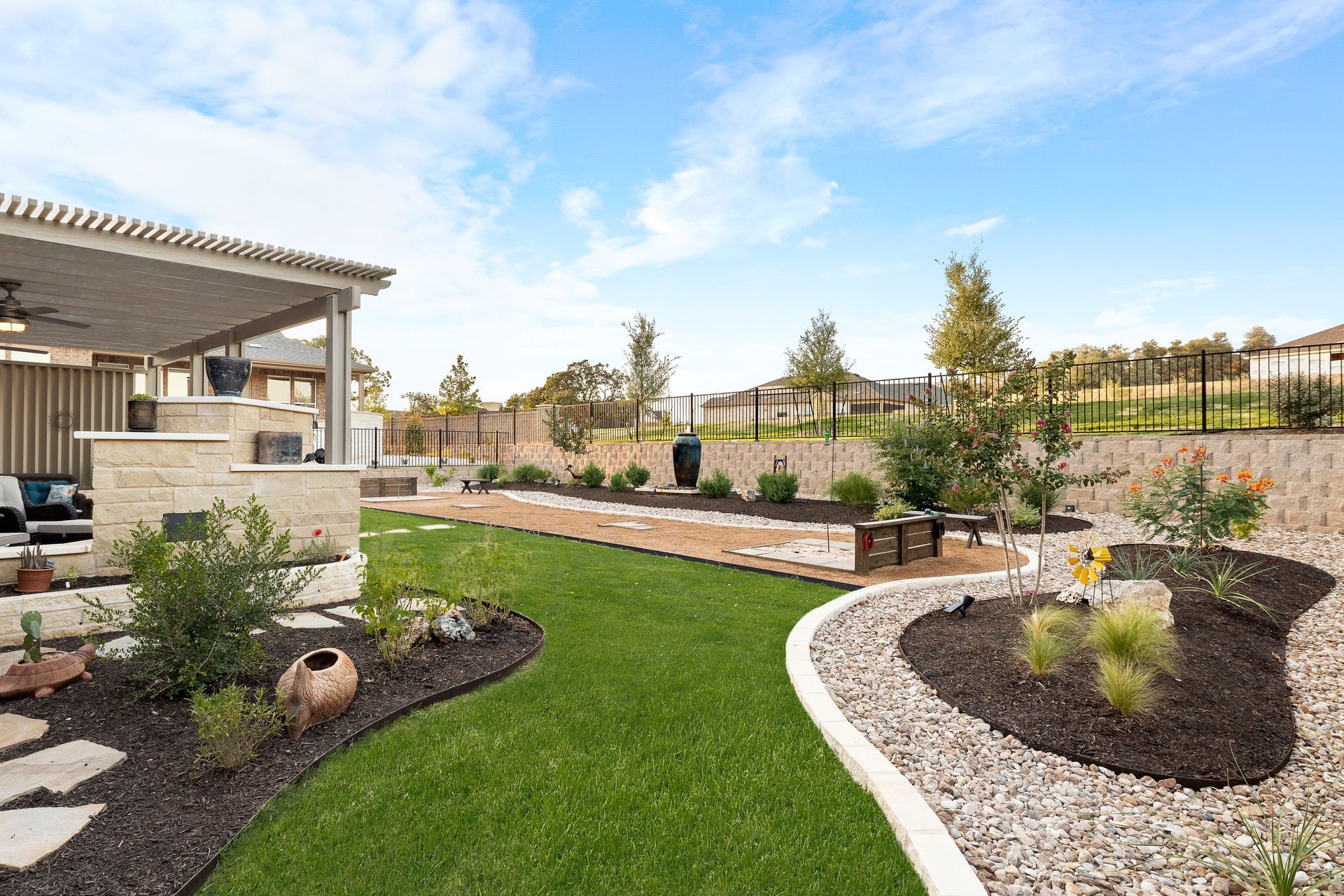
As we eagerly anticipate the arrival of spring, gardeners and lawn enthusiasts alike understand the importance of laying the groundwork for a lush, healthy lawn. One crucial step in this process is the timely application of pre-emergent herbicides. These herbicides serve as a proactive measure against weeds, preventing them from taking root and wreaking havoc on our carefully nurtured lawns.
Pre-emergent herbicides work by targeting weeds before they even have a chance to emerge from the soil. This proactive approach disrupts the weed's life cycle, effectively halting their growth before they become a nuisance. However, timing is paramount when it comes to applying these herbicides for optimal results.
During the transition from winter to spring, typically from February to mid-March, the soil begins to warm up, signaling the start of the growing season. This window presents the ideal opportunity for pre-emergent herbicide application. However, it's crucial to pay attention to soil temperatures, as they play a pivotal role in the effectiveness of the herbicide.
We recommend applying pre-emergent herbicides before soil temperatures consistently reach 55 degrees Fahrenheit. This temperature threshold is critical because it coincides with the germination of many weed seeds. By applying the herbicide before this point, we effectively intercept the weed's growth process, preventing them from establishing a foothold in our lawns.
Timing aside, the application technique is equally important for ensuring the efficacy of pre-emergent herbicides. Achieving an even distribution of the herbicide across the lawn surface is essential. This ensures that all potential weed germination sites are adequately treated, leaving no room for invasive plants to take root.
Following the application, a light watering is recommended to activate the herbicide and ensure it penetrates the soil where weed seeds lie dormant. This step is crucial for kick starting the herbicide's action, creating a barrier that inhibits weed growth throughout the growing season.
The benefits of a well-timed pre-emergent herbicide application extend beyond a weed-free lawn. By preventing weeds from establishing themselves early on, we pave the way for a healthier, more resilient turf. With fewer weeds competing for resources, our grass can thrive, resulting in a denser, greener lawn that enhances the beauty of our outdoor spaces.
A pre-emergent herbicide application in early spring is a cornerstone of effective lawn care practices. By timing the application correctly and ensuring proper technique, we can safeguard our lawns against weed infestations, setting the stage for a vibrant, weed-free landscape to enjoy throughout the growing season. Let's seize the opportunity this February to invest in the health and beauty of our lawns, one proactive step at a time.
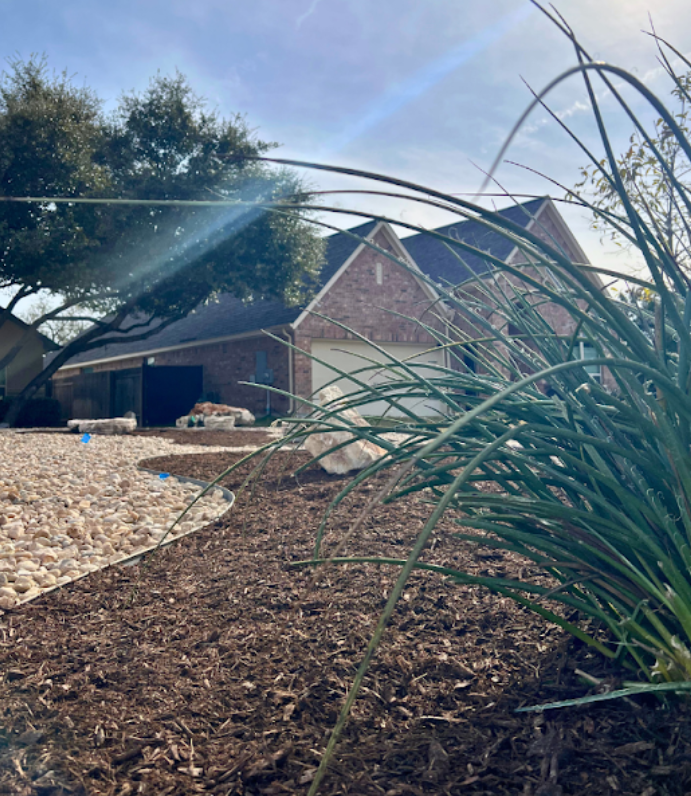
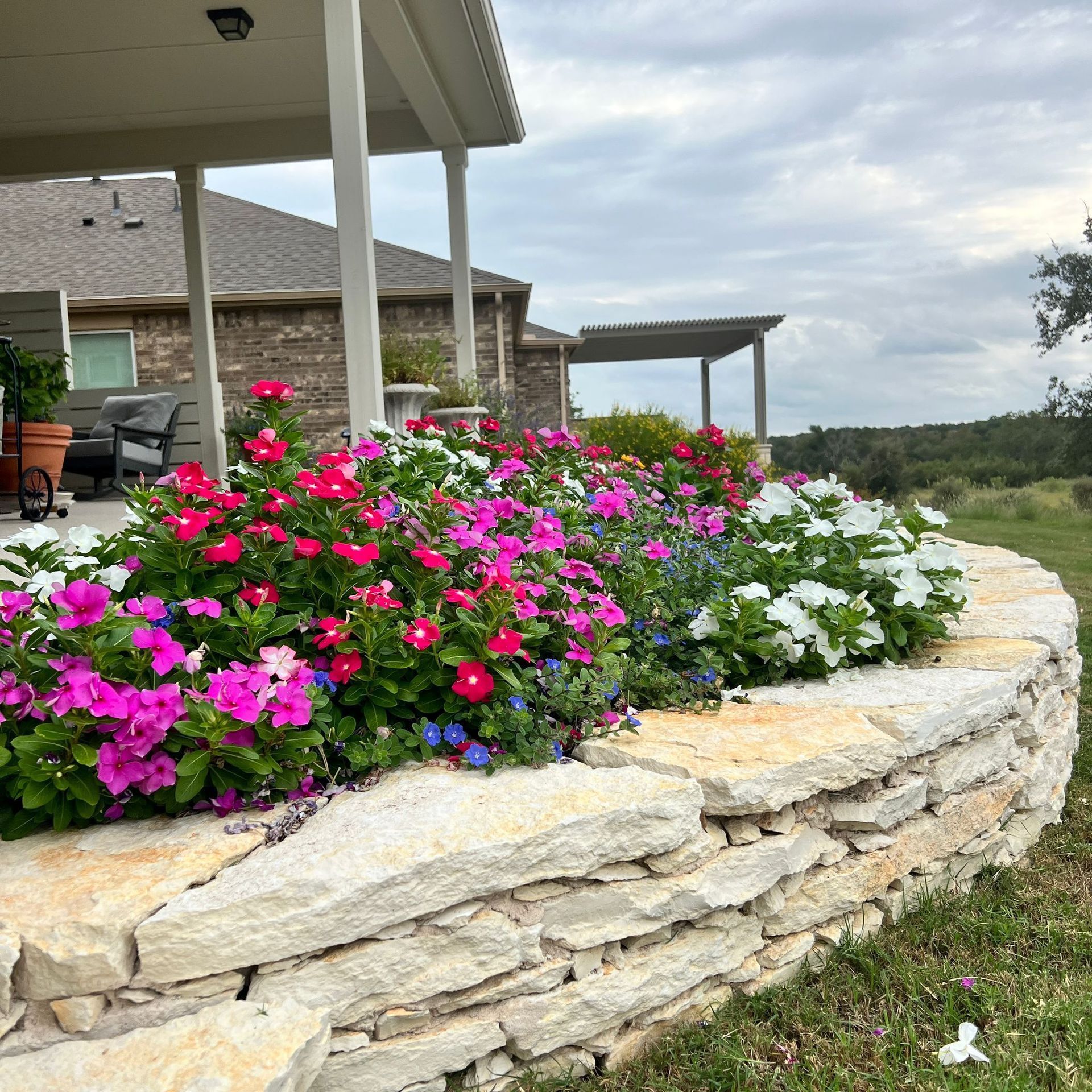
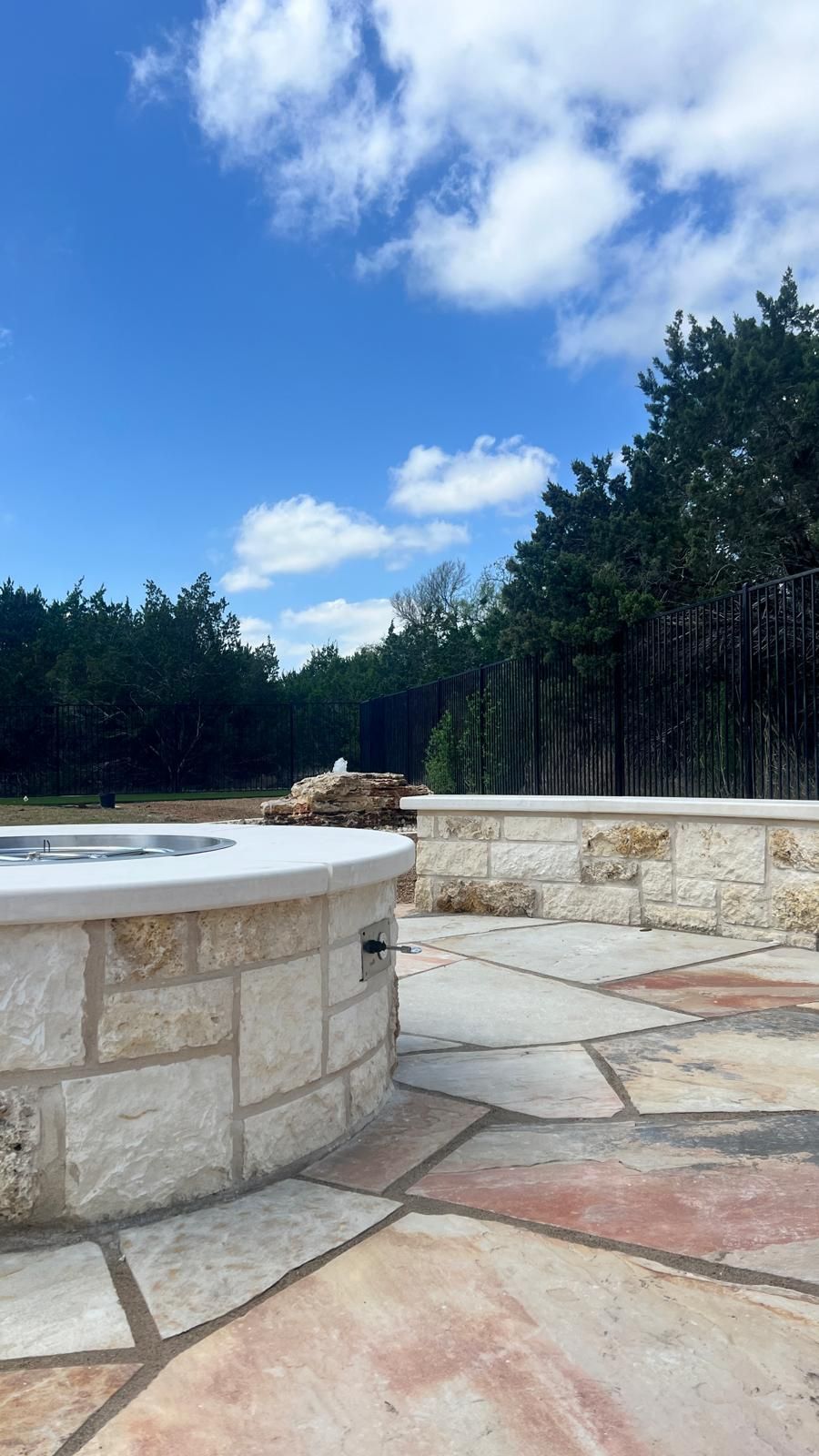
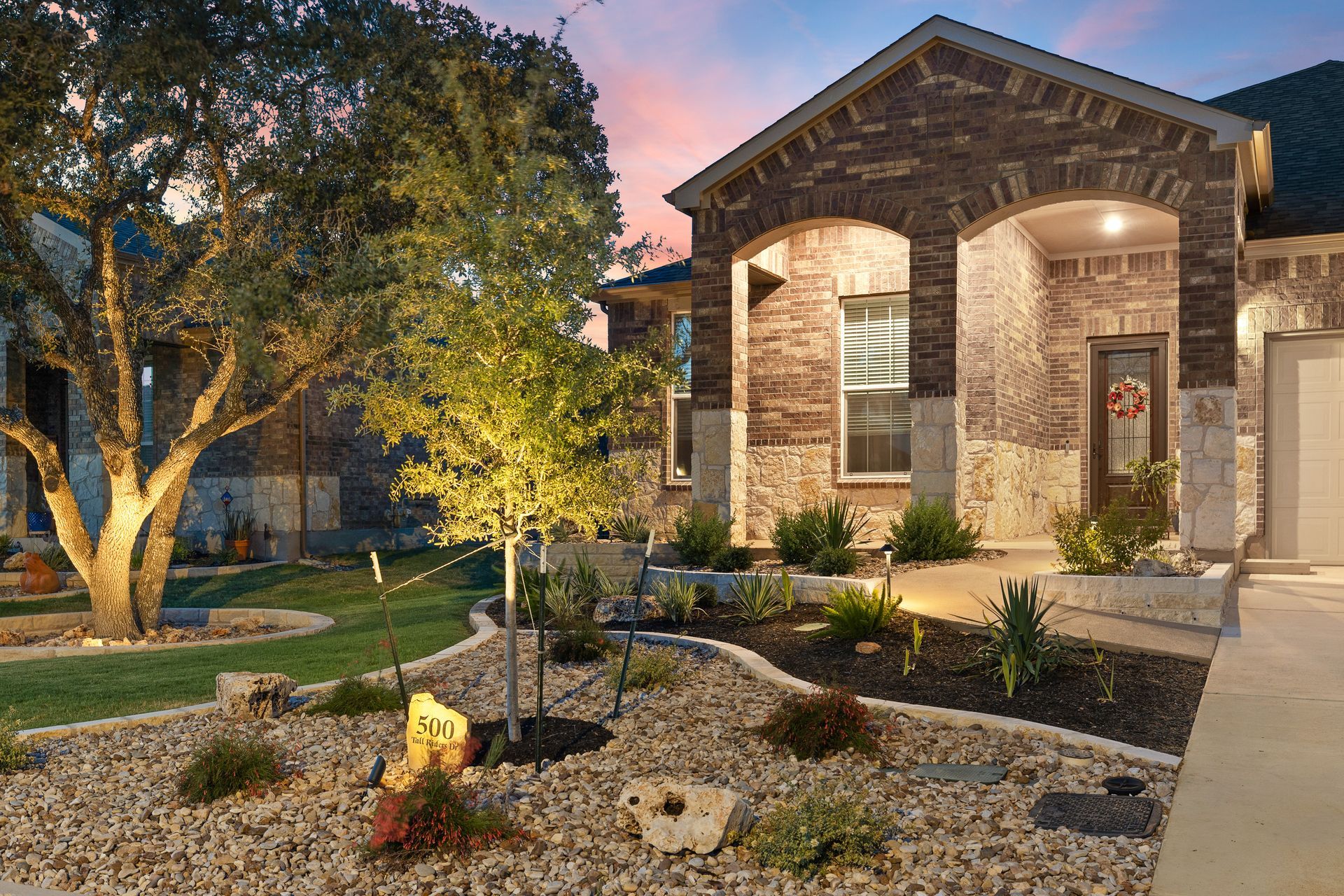
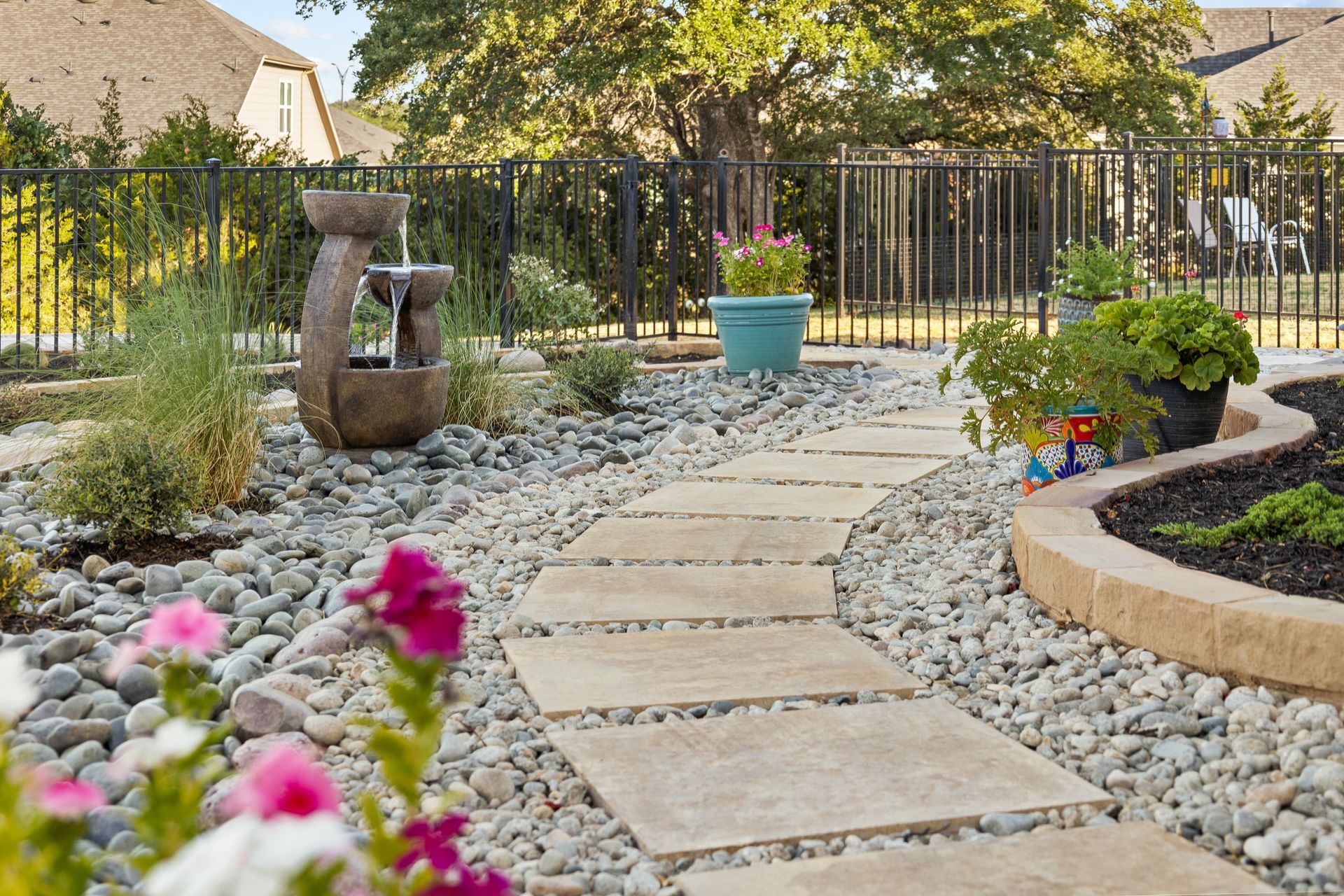

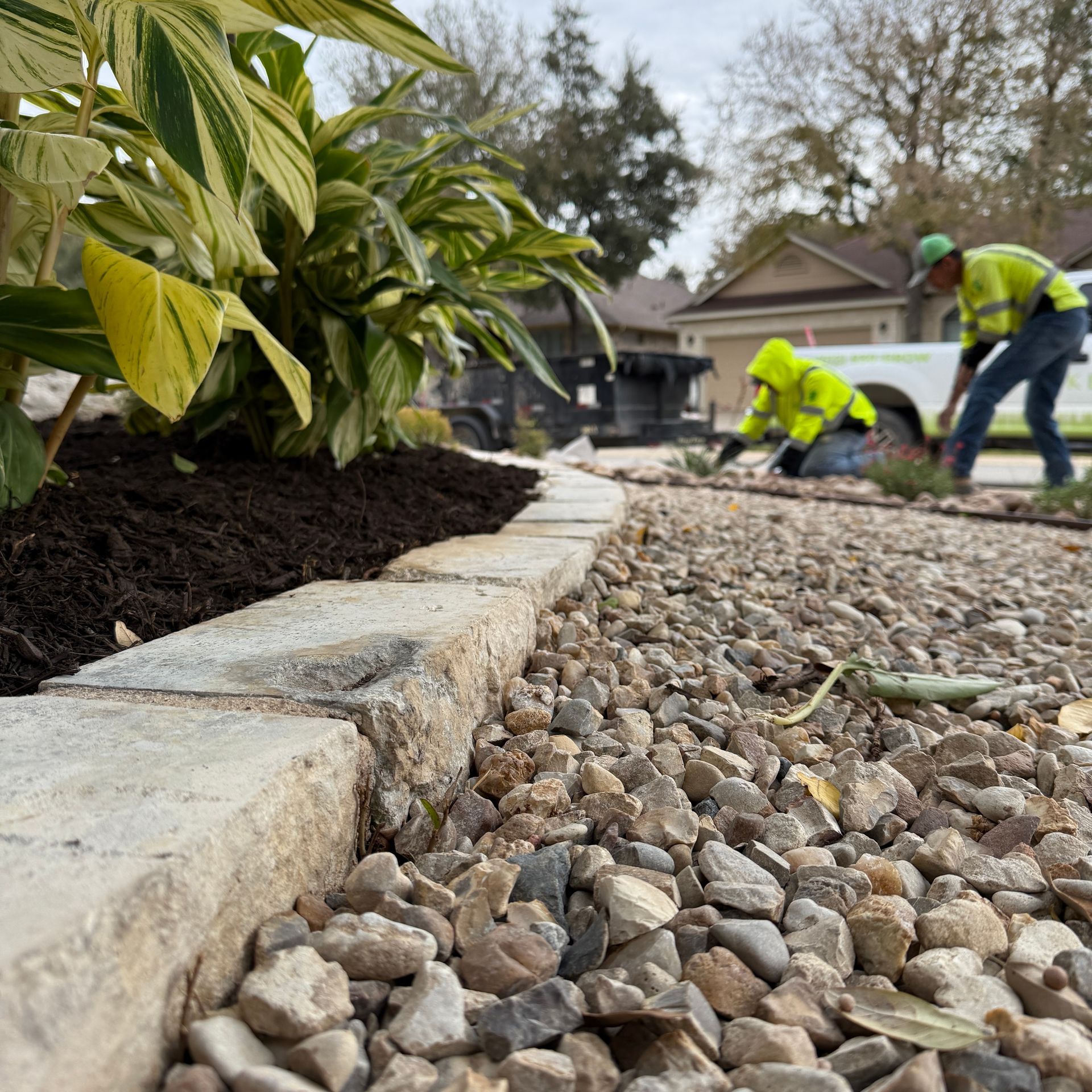
serving Area
Contact Us
(512) 930-4769
Irrigation License # LI0021511
Pesticide License # 0790319
Business Hours
- Mon - Fri
- -
- Sat - Sun
- Closed
New Paragraph


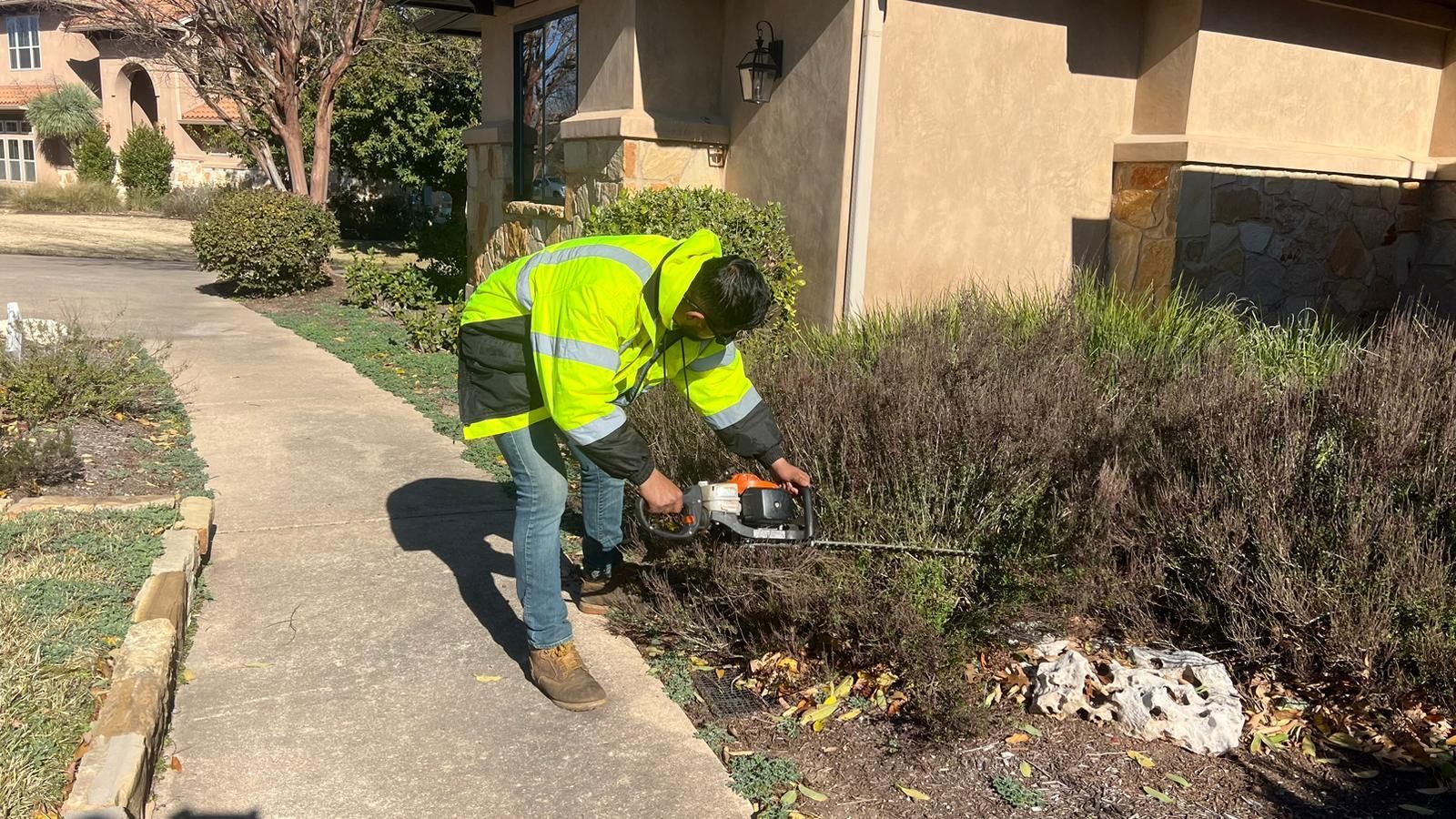
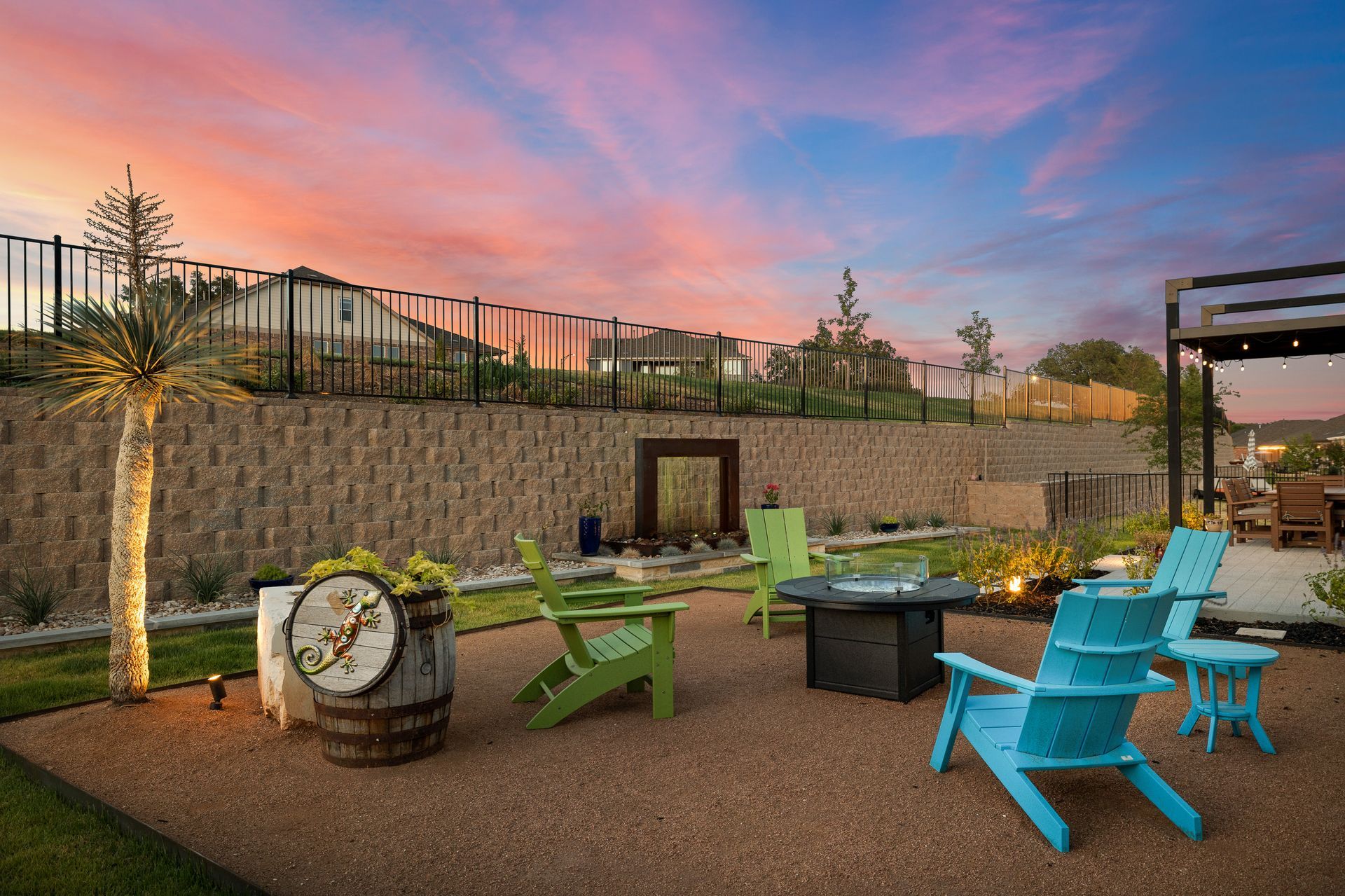
Share On: